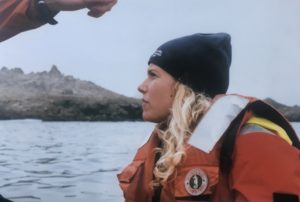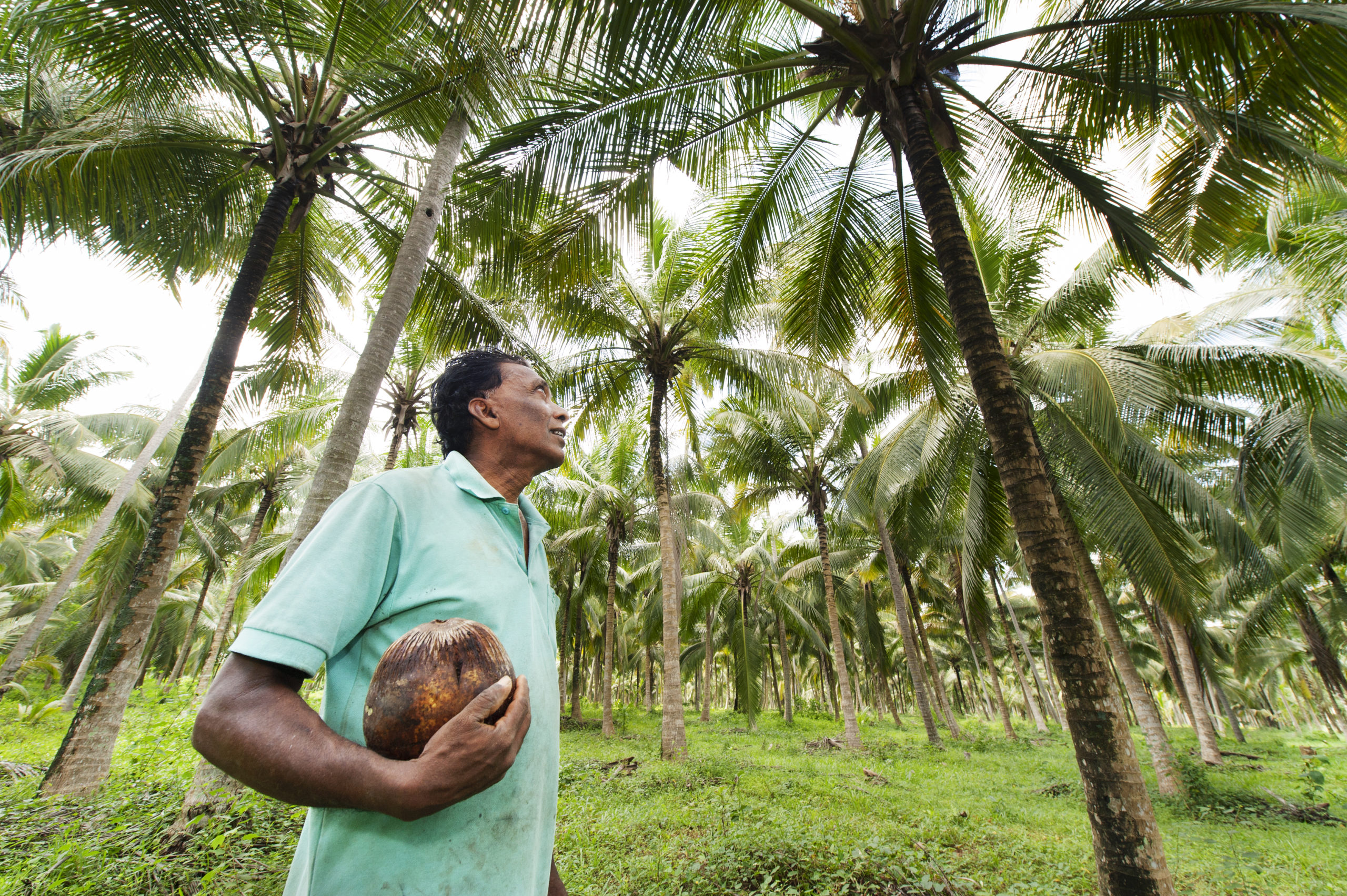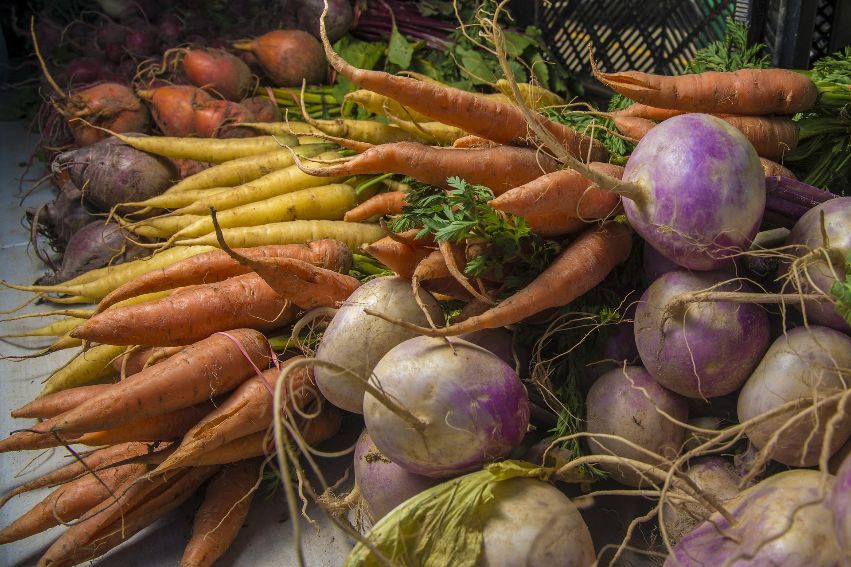Santa Rosa, Calif. (August 10, 2020) – The Regenerative Organic Alliance (ROA), a group of…

Brighter Horizons Ahead
Here in North America, we’ve arrived at a turning point in the year. The winter solstice marks a change—gradually, gracefully, the days now begin to lengthen. Amidst the darkness of the season, there comes the promise of light.
Agriculture around the world is approaching a turning point, too. Industrial farming’s contributions to climate change have become very clear, and the impacts of climate change are too dramatic to ignore. The agricultural sector bears some of the heaviest burden of climate change with the vicissitudes of weather. Farmers from all sectors and all political leanings are coming together seeking solutions.
Darkness can not drive out darkness… Only light can do that. —MLK
As the season of industrial, chemical farming wanes, the dawn of regenerative, responsible farming grows brighter every day. Farmers and eaters everywhere are coming to see the necessity of changing our ways. It’s an exciting time to be on the front lines of a new movement—one that provides tangible solutions to the problems of factory farming, climate change, and economic injustice. The spirit of collaboration in addressing these problems continues to grow. Here at the ROA, we are focusing all our energy and heart on the light.
We found that light on so many of the amazing farms that participated in our pilot program, which is winding down. We were continuously inspired by the innovative, regenerative, organic practices these farmers and producers are using. Below, I share my reflections on the pilot phase, including its challenges, and what’s next for ROC in 2020.
As you come together around the holiday table and enjoy a bounty from land and sea this season, we hope you’ll join us in celebrating the many hands involved in the harvest. We’re deeply grateful to be engaged in this work with you all, and we look forward to bursting into 2020 at full speed!
From us to you and yours, have a wonderful holiday season.
Warmly,

Elizabeth Whitlow
Executive Director, Regenerative Organic Alliance
The Dawning of a New ROC
Regenerative Organic Certified (ROC) just completed its first world tour! For the last year, we’ve been piloting the ROC framework, testing our first set of standards on real farms around the world. There is just one final, domestic pilot audit remaining. All of our partners in this endeavor have been amazing—from NSF International to each and every staff member of the certification bodies and pilot participating farms. Yes, there were plenty of delays, bumps and hurdles—to be expected for an undertaking of this magnitude. We are rolling up our collective sleeves in anticipation of the work needed to open ROC for general applications in spring 2020.
The goal of our pilot was to test the ROC standards in the real world on real operations. Our pilot farms provided us with vital feedback and information from their experiences on the ground that will guide us as we develop training materials for farmers, certifiers and auditors. The pilot revealed many inspiring practices already being put to use, and presented us with the challenge of finding solutions to some seemingly intractable problems.
Such a holistic, high-bar and all-encompassing certification as ROC could not simply be born into perfection. We need to refine and hone some aspects of our criteria to reflect the realities of farmers’ unique geographic locations. Simultaneously, we adhere to the aspirational principles set out by our founders. At the ROA, we remain humbled by the collective efforts, dedication and partnership shown by everyone involved this past year.
ROA task forces and our board of directors will deliberate the feedback from our pilot program in early 2020 so that we can make the necessary changes to the framework prior to our spring 2020 launch. We captured powerful examples of regenerative organic practices during our audits, and we want to share what we’ve learned—follow us on our (new!) social media pages: Facebook, Instagram, and LinkedIn for the latest.
Along the way, we’ve gained insight into how we can keep building momentum in the regenerative movement and define regenerative in a way that prevents its watering down. Interest in regenerative is intensifying. With that has come a stampede of questionable regenerative claims in the market. There’s understandable skepticism and concern about the potential for abuse of the word “regenerative” and claims that go along with its use.
This urgency to protect regenerative from green-washing is expressed by Andrew Gunther in his recent article, “‘Regenerative Farming’: the next big con?” We agree with him wholeheartedly when he writes that “the widespread adoption of regenerative farming is essential if we’re going to feed a global population of nine billion people by 2050 while at the same time protecting the soil, water and climate.” And we agree wholeheartedly with his assertion that in order for the regenerative movement to succeed, it needs clearly defined parameters and a system for validating the products that bear its label. We also agree that likeminded organizations and individuals have to come together to set clear standards and procedures for the movement. None of us can do this alone.
To that end, please join us at the upcoming Climate Collaborative’s webinar, “Mapping the Regenerative Standards Landscape” on January 16 with the Regenerative Organic Alliance, Savory Institute and the Soil Carbon Index.
ROC in the News
- “Fashion’s Biodiversity Problem,” from Vogue Business: part one and part two
- “David Bronner on the Importance of Regenerative Organic Certification,” from New Hope Network
- “With Regenerative Agriculture Booming, the Question of Pesticide Use Looms Large,” by Civil Eats’
- “How regenerative agriculture could mitigate the effects of climate change,” by The Organic & Non-GMO Report
- “Why Regenerative Agriculture is the Future of Sustainable Food,” by Well & Good
- “Regenerative Agriculture Could Help Stop Climate Change—Can Tech Help Us Get There?” by Forbes Technology Council

Photo credit: Avery Hellman
Meet the Regenerative Organic Alliance: Kendall Miller, Programs Lead
From as early as I can remember, I wanted to be a marine biologist. I learned to SCUBA dive when I was just seven years old, and ever since, I have been infatuated with the ocean. It is my happy place, my support system, and my source of energy. When it came time to pick an academic track, I decided to formally study marine ecosystems.
Through my research and field work primarily focused on tropical, developed coastlines, I began to realize that many of the problems occurring in our ocean environments are the result of pollutants on land. I saw firsthand how agricultural runoff and chemical pesticides deteriorate our marine ecosystems. Synthetic pesticides such as glyphosate are not only getting into our bodies—they’re finding their way into our waterways and harming marine life, too.
Oceans make up 70% of our beautiful planet, and we can’t afford to lose the amazing diversity of life underwater. So, as any good optimist would do, I began to look for solutions.
I first learned about regenerative farming through oysters. Yes, oysters! Oyster farms are being developed and used all over the world to help clean our waterways and create important habitat structure and storm buffers. From there, I took a short leap to learning about regenerative organic farming practices on land. I began to see that we have an opportunity to restore nature—most crucially our soil—to its original state through traditional farming methods and the elimination of harmful chemical pesticides.
The key is diversity. In an ideal state, soil contains billions of unique and diverse microorganisms. Same with the human gut—and same with our oceans. Each organism performs an essential role in the health of our bodies and ecosystems. Regenerative practices—by land or by sea—restore natural biodiversity, helping our bodies, land, and oceans flourish.
Through my work at the Regenerative Organic Alliance, I hope to advocate for our planet, our soil, and our waterways. Through sharing my story, I hope that water lovers, surfers, and ocean advocates alike will see that by tending to our precious soil, we can also save our oceans. I know that regenerative organic agriculture has the potential to not only heal our working lands but also to heal waterways around the globe. For me, there’s no better news.



